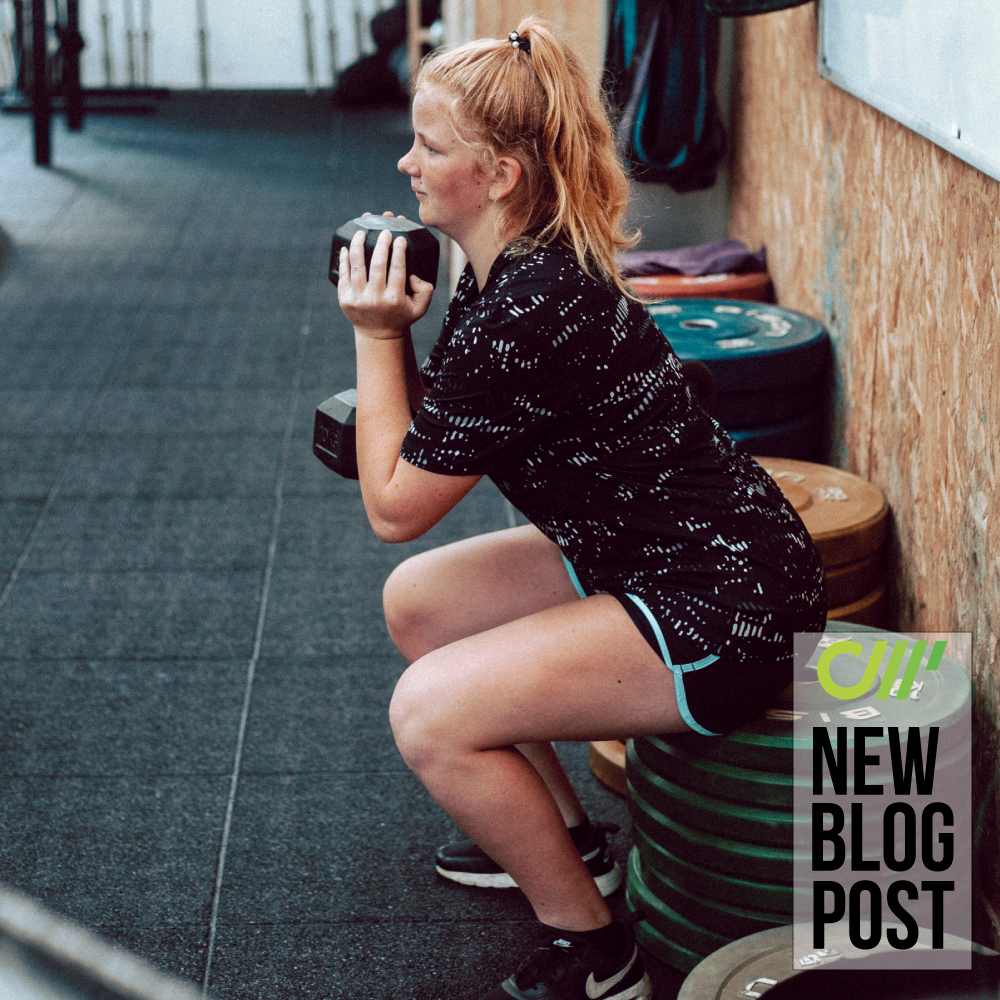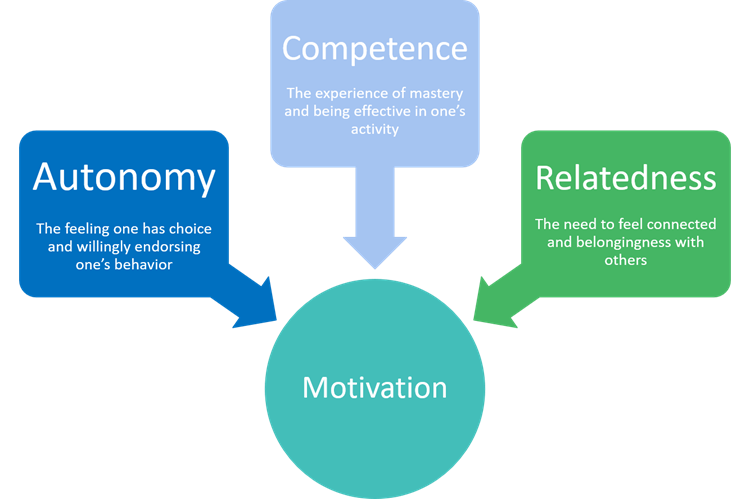Future-Proofing Youth Athletes-Part 2
Future-proofing youth athletes part 1 focused on developing perceptual-motor skills, or more specifically, the way young athlete’s brains process relevant sporting cues. Today’s post will focus on the other side of the coin – the movement response.
Once your child has developed these perceptual-motor skills you can look to deliver more structured sessions, centred around the fundamental movement skills.
Developing Fundamental Movement Skills-The Why
These more generic skills form the building blocks to sport-specific skills and can help provide a base of movement skills that kids can use to successfully transition between sports. Regardless of how much your kid enjoy/excels at one particular sport, playing one sport all year round may increase the risk of injury, and ironically, may also limit their development in their chosen sport.
Although there may be subtle differences in the exactness of their movement, for example, a basketballer may shuffle slightly lower than a tennis player, there is a large degree of overlap in the general movements required across a variety of sports.
Whilst there is no universal agreement on what these fundamental movement skills are, and the list presented is by no means exhaustive, the best way to think of these skills is as precursors or prerequisites to more complex, and arguably more sport-specific skills:
-
Crawling, climbing and skipping are contralateral patterns, without these, teaching effective sprinting is much harder
-
Rolling, which could be a log roll, a forward roll, a backward roll…all we are trying to do is give the body a kinaesthetic sense of rotation.
-
Dodging forms the basis of agility, if your child cannot evade an opponent then their progress in multidirectional team sports may be limited
With kids spending more time in front of the screen than playing outdoors with friends, these movement skills may be underdeveloped compared to previous generations. As such, these fundamentals may not come as naturally to kids as they once did and can make teaching more complex, sport-specific skills, much more difficult.
Building Sport Specific Skills with the Fundamentals
If a child doesn’t have the body awareness to skip, or the ability to coordinate opposing sides of the body, then going through more complex sprint mechanics drills will likely only lead to further frustration from both the coach and the young athlete.
Being able to receive and off load a pass in netball might require an athlete to hinge (bend) at the hips, understand where their body is in time and space as they rotate in the air and then land in a stable position on a single leg.
Combining catching, bending, jumping, rotating and landing may be too overwhelming for a young athlete in the initial stages of learning the sport. However, such movement skills can be easily broken down into more manageable chunks to help kids learn how to perform these movements safely, efficiently and effectively.
Developing Fundamental Movement Skills-The How
The fundamental movement skills can be loosely placed into 3 categories:
-
Locomotion-moving the body from point A to point B
-
Stabilisation-the ability to maintain control of the centre of mass in both static and dynamic situations
-
Manipulation-movements that involve generating force or absorbing force from objects
Whilst there may appear a lot for coaches to cover, especially if they are under pressure to develop sport specific skills, these movement skills can be effectively developed as part of an efficient warm up – read about RAMP warm ups here.
Oftentimes, a ‘lack of time’ is cited, before coaches even look at how well they use their time in the first place. A prime example of this is sending youth athletes to jog a lap…whilst I can’t say I’ve seen many kids unable to jog..I have seen plenty of examples of kids who cannot side shuffle, or backpedal, or jockey correctly – movement patterns which are critical to multidirectional sports.
Whilst aiming to raise muscle temperature should be a primary aim of a warm up…whose to say we cannot challenge body awareness, problem-solving and have fun at the same time? Get back ups, movement challenges and obstacle courses are some of my favourite means of doing this.
If you’re really pushed for time then coaching kids you may wish to include elements of following in your session:
-
How to start/initiate movement effectively (e.g. teaching your children/athletes effective positions to accelerate from, jump from etc)
-
Different means of locomotion (e.g. skipping, hopping, crawling, backpedalling, side shuffling, jockeying etc)
-
Different means of resisting unwanted movement, or stationary movement control (bracing, stopping/decelerating, landing etc)
So what might the above structure look like when applied to teaching the fundamental movement skills as part of a warm up to a sport coaching session?
Here is a quick template:
1) Pulse raiser involving multidirectional directional movement and decision making:
-
Rocket tag in confined space (Squat down if caught, tap head to free, when freed blast up like a rocket).
2) Some form of squatting/lunging:
-
Frogger/Monkey (credit to GMB)
-
Woggle fencing (credit to Paudie Roach, 13:12 into a brilliant talk on strength training for youth Athletes)
… Be it bodyweight squats, split squats or progressing onto lunge patterns. Squatting and lunging pattern help trains our stop muscles, forms the basis for deceleration patterns and improves hip and ankle mobility needed for other tasks such as sprinting or changing direction.
3) Some form of bracing:
You can’t fire a cannon out of a canoe (Read more about Trunk Training) – most sporting actions involve transferring force from the lower body to the upper body. An inability to resist unwanted movement can lead to force leakage and increases risk of injury.
-
Partner pallof presses
-
Reactive plank leg drops/1 Legged wheelbarrows (credit to Shane Fitzgibbon)
4) Some form of hinging, jumping and landing
-
Hip hinge pattern (bum to the wall, dowel rod hinge)
-
GMB Bear (see 1:14 of this link)
-
Partner mirrored jump and landings
-
Partner perturbation landings
Hip bending patterns train our ‘go faster’ muscles by teaching kids to use the powerful muscles of our hip effectively. It also teaches effective take off positions for jumping tasks. Jumping tasks and plyometrics can also improve performance in explosive sporting movements.
When youth athletes have a wide base of fundamental movement skills, including locomotion, stabilisation and manipulative capabilities, they will help feel more competent in a range of different sports and physical activity.
#block-1a99e9f216cae9ed0025 {
}
Self Determination Theory
Physical activity is like any other activity in that competency is directly linked to confidence (Deci & Ryan 2008 – See Diagram on Self Determination Theory).
It is only natural that we tend to enjoy activities we feel more competent in.
Therefore, it is critical that parents and coaches help youth athletes do the same when it comes to sport and physical activity.
Developing the fundamental movement skills allows children to transition between sports throughout their youth and adult lives, can improve their physical capabilities within a given sport and reduce their likelihood of injury.
Efficient movement and a solid base of fundamental movement skills are one means of protecting your child or youth athlete from injury. Another critical component of future-proofing the youth athlete is strength training and the next blog post in this series will discuss the why, what, when and how of strength training for the youth athlete, and the vital role it plays in helping future proof the youth athlete.
Conclusion
-
Expose young children to a variety of movement challenges
-
You should be aiming to develop the skills of locomotion, and manipulation and stabilisation
-
If really pushed for time…prioritise squatting, hinging and bracing
References
Deci, E., & Ryan, R. (2008). Self-determination theory: A macrotheory of human motivation, development, and health. Canadian Psychology, 49(3), 182- 185.
Written by Todd Davidson
About the author
Todd Davidson is a UKSCA accredited Strength and Conditioning Coach currently working at Downe House school, in charge of the scholarship athletes\’ strength and conditioning program whilst introducing athletic development into the P.E curriculum.Todd\’s current interest on youth athletes was sparked by gaining experience with University, Paralympic and Olympic athletes as part of his internship roles with Duham University, Middlesex County Cricket Club and the English Institute for Sport, with GB Boxing and Paralympic Table Tennis, and speaking to other practitioners as to how this journey can be scaled more effectively to reduce injury risk, enhance performance and improve athletic development in youth athletes.
Todd can be found via:
Twitter: @todddavidson93
Facebook: search Todd Davidson P2P coaching
Instagram: @ToddDavidsonP2Pcoaching
#block-yui_3_17_2_1_1568308318648_14237 {
}


